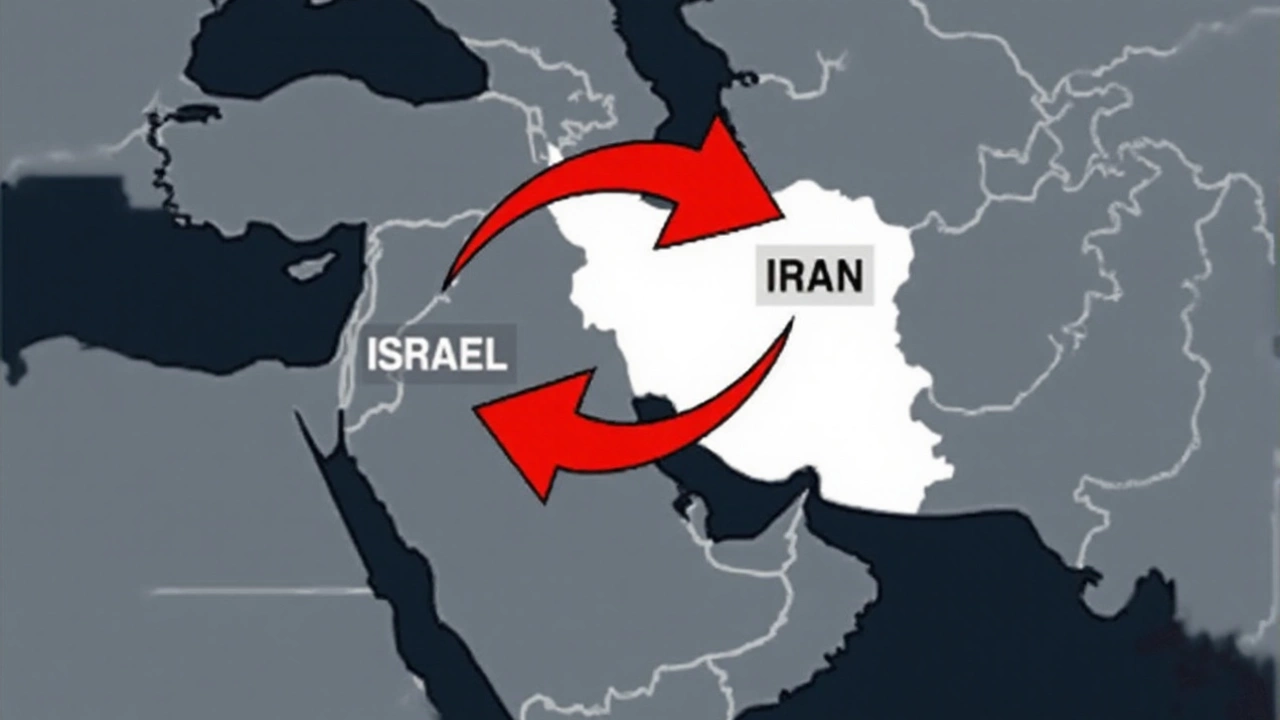Aerial Warfare: From Early Skies to Modern Drone Battles
When you hear "aerial warfare," picture jets screaming across the sky, drones buzzing over cities, and massive bombers dropping payloads. It’s more than just movies – it’s a real part of how nations protect themselves and project power.
In the early 1900s, planes were just a new way to scout enemy positions. By World War I, pilots started shooting each other down, creating the first dogfights. Those engagements taught us that controlling the air can change the outcome of ground battles.
Key Milestones in Air Combat History
World War II turned aerial warfare into a massive strategy game. Fighters like the Spitfire and Messerschmitt were built for speed and maneuverability, while bombers such as the B‑17 and Lancaster were used for strategic bombing – hitting factories, railways, and cities to cripple the enemy’s war machine.
After the war, the Cold War sparked a new arms race. Nuclear-armed bombers and intercontinental missiles meant the sky could now carry weapons of mass destruction. This era also saw the birth of jet engines, giving aircraft unprecedented speed and altitude.
Today's Battlefield: Drones, Stealth, and Cyber
Fast forward to the 21st century, and drones dominate the conversation. These unmanned aerial vehicles (UAVs) can loiter for hours, gather real‑time intel, and strike with precision, all without risking a pilot’s life. The US MQ‑9 Reaper, the Turkish Bayraktar TB2, and countless others illustrate how drones are reshaping conflicts from Syria to Nagorno‑Karabakh.
Stealth technology is another game‑changer. Aircraft like the F‑22 Raptor and the Russian Su‑57 can slip past radar, making surprise attacks possible. Coupled with advanced sensors and AI‑driven targeting, modern air forces can locate and engage enemies faster than ever.
But it’s not just hardware. Cyber‑warfare now targets the very systems that keep aircraft flying. Hacking into navigation or weapons controls can ground a fleet without firing a single shot.
For everyday readers, the takeaway is simple: controlling the sky means controlling the battle. Whether it’s a fighter jet, a stealth bomber, or a tiny drone, aerial warfare influences how wars start, progress, and end.
Governments invest billions in training pilots, building new airbases, and researching the next generation of weapons. Private companies are also jumping in, offering off‑the‑shelf drones that any country can buy. This democratization means more players can now project power from the air.Looking ahead, expect even more autonomous drones, swarms that can overwhelm defenses, and hypersonic missiles that blur the line between air and space. As technology speeds up, the rules of aerial warfare will keep evolving – and staying informed helps you understand the bigger picture of global security.

For 12 days in June 2025, Israel and Iran traded blows almost entirely by air. No border crossings, no armored columns—just jets, missiles, drones, and cyber tools. Geography, economics, and the fear of wider war shaped every decision. The U.S. stepped in from the air on day nine. A ceasefire followed, but the lessons point to how modern wars are fought and contained.
